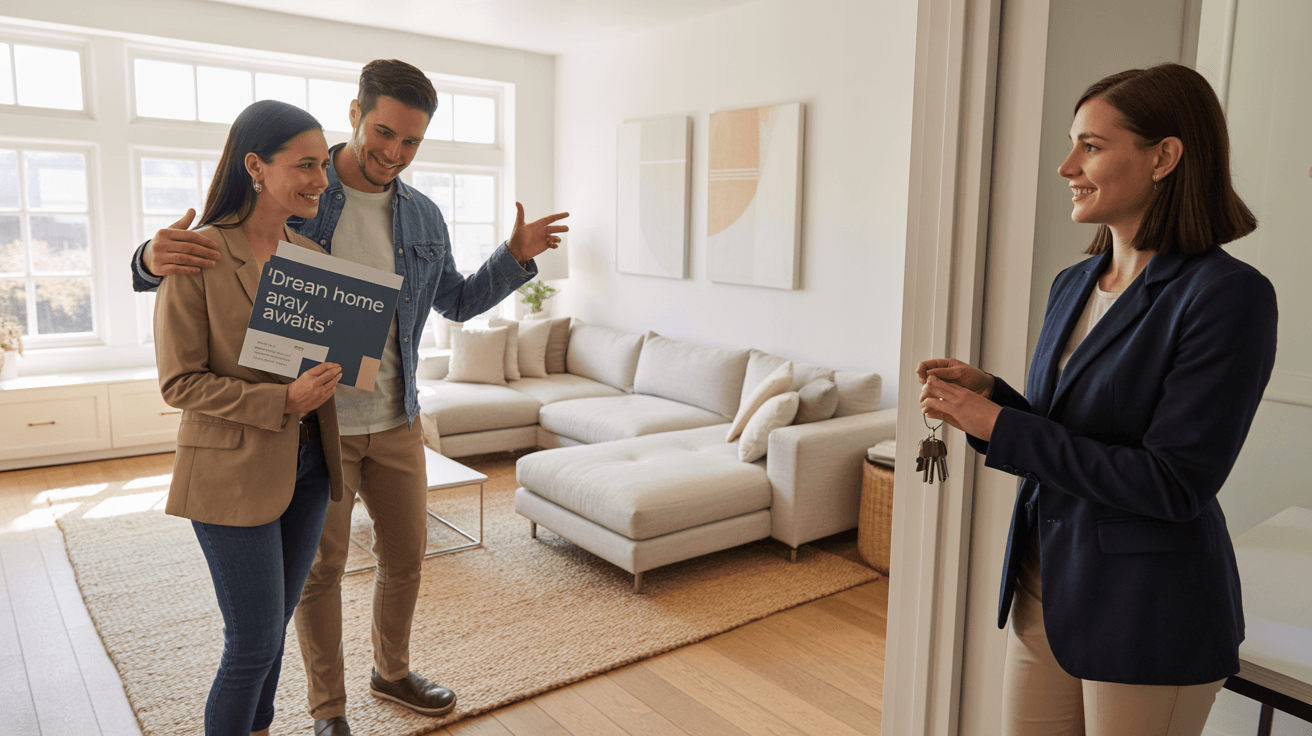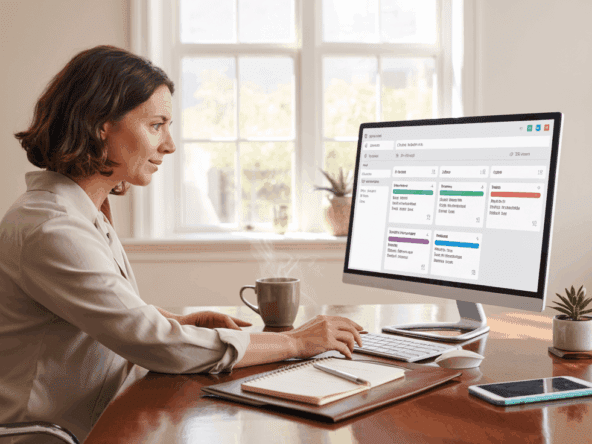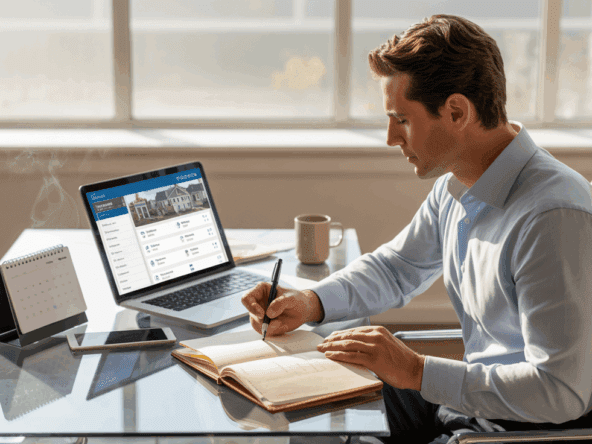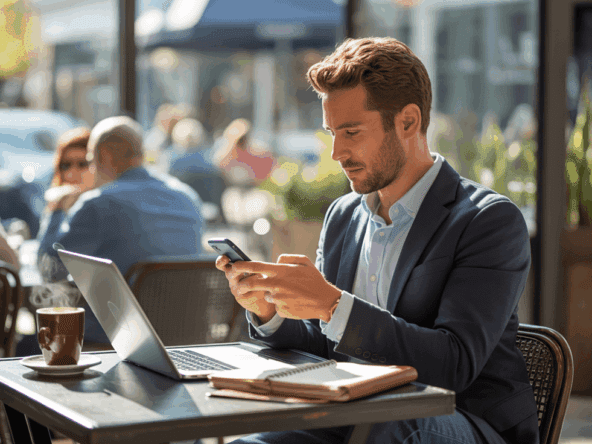Open houses remain one of the most powerful ways to connect with potential buyers, build your client list, and strengthen your local brand. But simply opening the doors and hoping for offers isn’t enough. The true opportunity lies in turning casual attendees into committed clients through thoughtful strategy, personal engagement, and professional follow-up.
This article outlines high-converting, real-world strategies to elevate your open houses from passive showings to active lead-generation machines.
1. Drive Traffic Through Smart Visibility Tactics
Success starts before the first guest arrives. Visibility is key to drawing in both intentional and spontaneous visitors.
What Works:
- Use abundant directional signage—not just at main intersections, but throughout the neighborhood.
- Start early: Place signs around 9:00 AM for afternoon events to catch morning traffic and early interest.
- Include branding: Every sign should reinforce your name and identity in the area.
These signs function as both navigation tools and passive brand advertising, increasing attendance and local awareness simultaneously.
2. Personally Handle Visitor Registration
Accurate contact collection is critical for meaningful follow-up—but letting guests sign in themselves often results in incomplete or illegible data.
Pro Strategy:
- Greet visitors at the door with a warm welcome and ask, “Have you pre-registered?”
- Collect their full name, phone number, and email using subtle prompts:
- Start with, “What’s your first and last name?”
- For phone numbers: say, “I’ll start with the area code,” and pause.
- For email: ask, “Do you use Gmail or Yahoo?”—this helps them complete the sentence naturally.
This method increases data accuracy, improves engagement, and sets a confident, professional tone.
3. Balance Approachability with Space Inside the Home
Once guests are inside, strike a balance between guidance and autonomy.
- Briefly orient them to the property—highlight standout features or layout tips.
- Then step back to give them space to explore comfortably.
- Avoid hovering, but remain nearby and approachable to answer questions.
This low-pressure environment fosters trust and encourages more candid conversations later.
4. Engage Proactively to Qualify Buyers and Set Appointments
Rather than hoping for follow-up interest, spark it on-site.
Key Tactics:
- Ask targeted questions like, “Is this home close to what you’re looking for?”
- Prepare additional property suggestions based on their responses.
- Bring a list of other active listings that fit common buyer profiles.
- Be ready to show one of those homes the same day—or book a showing for tomorrow.
This readiness signals responsiveness and professionalism—and often turns passive visitors into active clients.
5. Follow Up the Same Day—Not Tomorrow
Speed matters. Delayed follow-up can cost you the connection entirely.
Follow-Up Tips:
- Send a personalized video text or quick call the same evening.
- Thank them for attending and offer to answer any questions.
- Reference something specific from your interaction to personalize the message.
Even a short, thoughtful message sets you apart from agents who delay or automate everything without context.
6. Use Technology to Streamline the Process
Open house tech doesn’t replace the personal touch—it enhances it.
- QR code sign-ins simplify registration and automatically sync with your CRM.
- CRM automation can trigger pre-built follow-up sequences (texts, emails, property alerts).
- Tools like Follow Up Boss, KV Core, or Chime help track interactions and prioritize hot leads.
The goal is to spend less time on admin and more time on personalized outreach.
7. Create Long-Term Touchpoints to Stay Top of Mind
Not every visitor will be ready to buy or sell immediately—but many will act in the next 6 to 12 months.
Long-Term Engagement Ideas:
- Monthly market updates or local newsletter-style emails
- Invitations to community events or exclusive buyer/seller workshops
- Hand-delivered follow-up packets with branded gifts or neighborhood guides
These touches build familiarity and keep your name top of mind when they’re ready to make a move.
Conclusion: Treat Every Open House as a Growth Opportunity
An open house isn’t just a showing—it’s a strategic platform to connect, serve, and convert. By implementing structured systems for visibility, engagement, data collection, and follow-up, you turn one afternoon into a pipeline of future business.
Start Now: Choose one tactic from this guide to implement at your next open house. Over time, your systems will evolve, your conversations will deepen, and your results will multiply.




